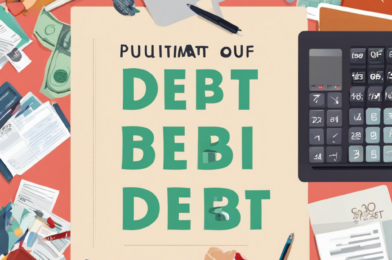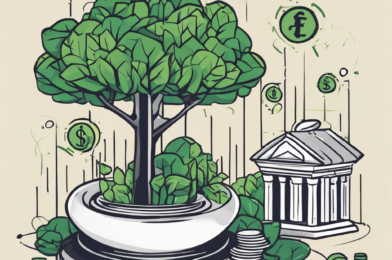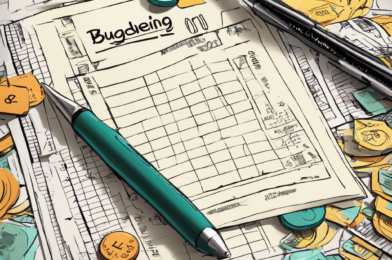Paying off debt can feel like a daunting task, but with a strategic approach, it doesn’t have to be. In this guide, we’ll outline practical steps and strategies to help you tackle your debt head-on and become debt-free faster.
Understanding Your Debt
The first step to paying off debt faster is understanding exactly what you owe. Gather all your loan information, including credit card balances, student loans, mortgage, car payments, and any other debts. Create a spreadsheet or use a debt tracking app to list each debt, the interest rate, minimum monthly payment, and due dates. This will give you a clear picture of your debt landscape and help you stay organized as you work towards becoming debt-free.
Prioritize High-Interest Debt
Not all debt is created equal. Focus on paying off debts with the highest interest rates first. Typically, credit card debt carries higher interest rates than other types of loans. By targeting these high-interest debts, you’ll save money in the long run and speed up your debt repayment journey. Make sure you’re at least making the minimum payments on all your debts to avoid late fees and penalties, but put any extra funds towards the debt with the highest interest rate.
Increase Your Monthly Payments
One of the most effective ways to pay off debt faster is to increase the amount you pay each month. Evaluate your budget to see if there are areas where you can cut back on spending. Consider reducing discretionary expenses like dining out, subscription services, or non-essential shopping. Redirect those funds towards your debt repayment. Even a small increase in your monthly payments can make a significant difference over time.
Consolidate Your Debt
Debt consolidation can simplify your repayment strategy and potentially lower the amount of interest you pay. This involves taking out a new loan with a lower interest rate to pay off multiple high-interest debts. For example, you could consolidate credit card debt by taking out a personal loan with a lower interest rate or doing a balance transfer to a credit card with a promotional 0% interest rate. Just be sure to read the fine print and understand any transfer fees or promotional period expiration dates.
Stay Motivated with Small Victories
Paying off debt can be a long journey, so it’s important to stay motivated. Set small, achievable goals and celebrate your victories along the way. For example, you could aim to pay off a certain percentage of your total debt or focus on eliminating one particular credit card balance. Each milestone you reach will give you a sense of accomplishment and encourage you to keep going.
Paying off debt requires discipline, commitment, and a well-thought-out plan. By following these steps and tailoring them to your unique financial situation, you’ll be well on your way to achieving financial freedom faster. Stay focused, be consistent, and before you know it, you’ll be enjoying the peace of mind that comes with being debt-free.
In my next article, we’ll dive into specific debt repayment strategies and how to optimize your finances to accelerate your progress. We’ll also explore behavioral psychology tips to help you stay motivated and on track with your financial goals.
Until then, start implementing the steps outlined above and take the first steps towards a debt-free life. Remember, the journey might be challenging, but the sense of financial empowerment you’ll gain will be well worth the effort.
Stay tuned for more personal finance guidance and practical tips to help you master your money and build a secure future.






